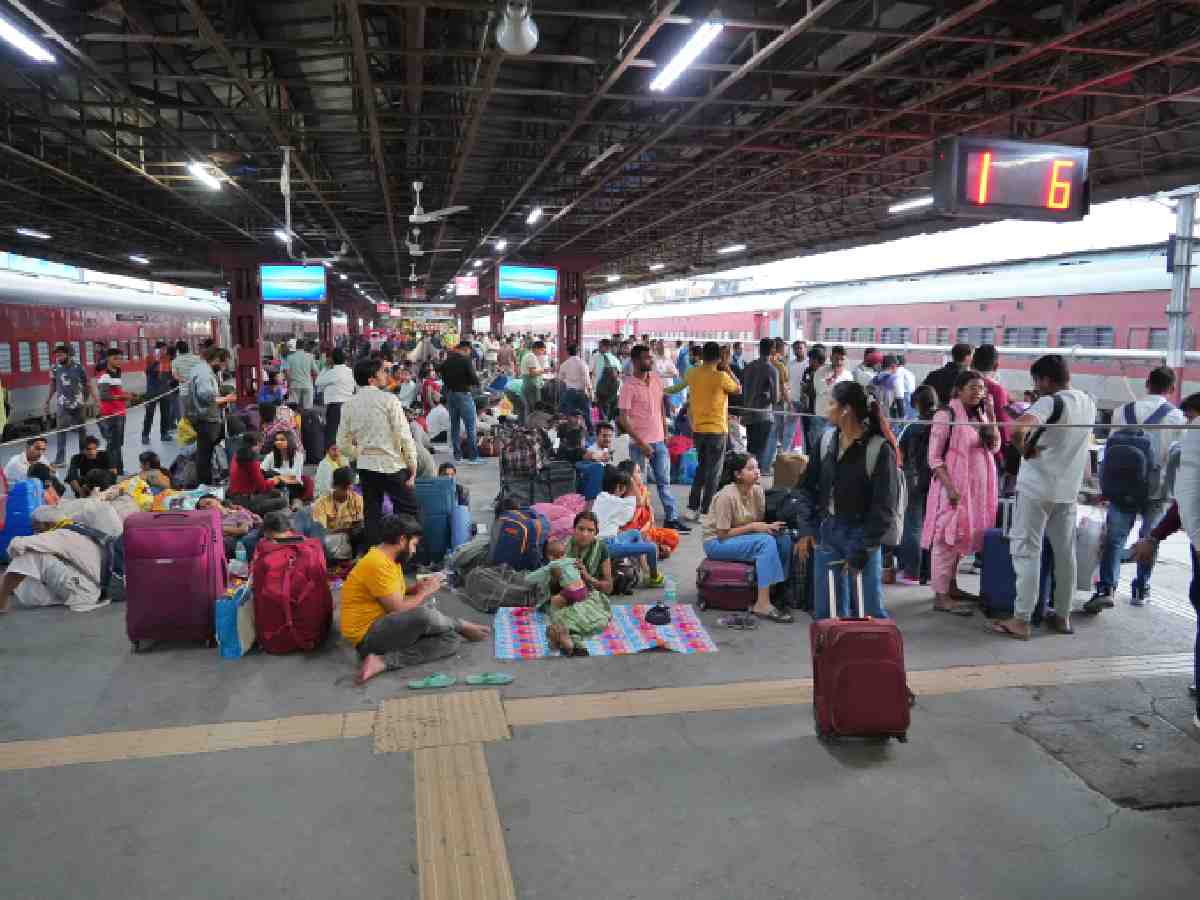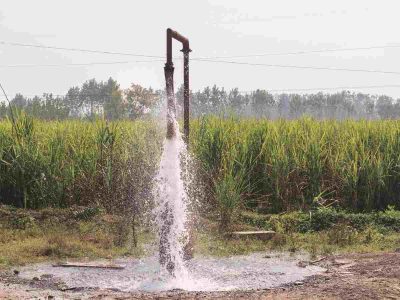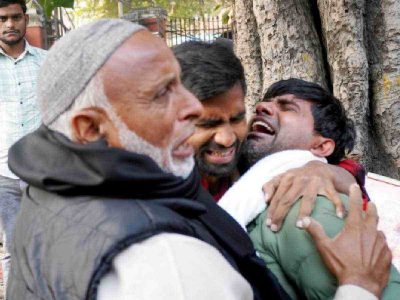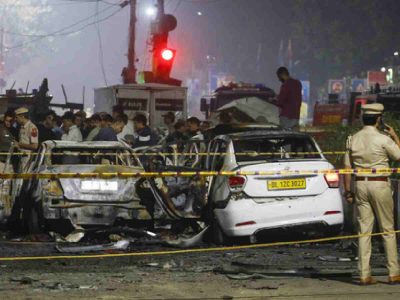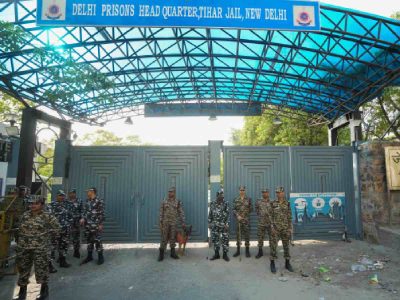One month after the tragic stampede at New Delhi Railway Station on February 15, which claimed the lives of 18 people and left dozens injured, passengers remain vulnerable to potential mismanagement and insufficient safety measures.
Severe gaps in security deployment, coupled with the persistent apathy of railway management, continue to undermine passenger safety. Authorities appear to have merely placed a band-aid over the disaster. Current changes—limited rope barricades and sparse security deployment—fall short of addressing the root causes.
A disaster fuelled by mismanagement
The chaos at the station was marked by confusion and panic, as passengers struggled to navigate a disorganised scene. Several factors contributed to the stampede, including inadequate police presence, inconsistent platform announcements, and the unchecked sale of general tickets. Yet, little has changed since.
Currently, authorities have installed rope barriers on selected platforms—primarily platforms 16, 14-15, and a portion of 12-13—to prevent passengers from crowding at platform edges and to manage the flow. However, these measures are inconsistently applied. On platforms 12 and 13, for instance, barriers cover only half the platform, leaving significant areas unprotected.
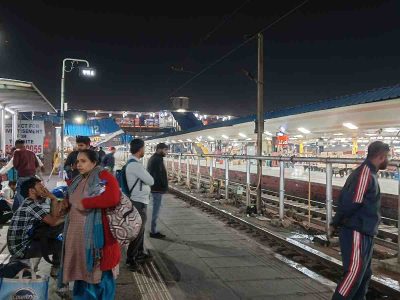
Other platforms remain completely without rope barriers despite evidence of overcrowding. General compartments, particularly on the Jammu Tawi Express to Pune, remain dangerously crowded.
Rakesh Mahale, 26, an unreserved ticket holder, described the crowded conditions when he arrived at the station. “There were scores of people on this platform for this train. I think there are over 200 people inside this compartment itself, with barely any place to sit in. While I was trying to make my way to the train, all I saw was the number of passengers there were. Without any barrier or security measure, it’s only given that such a tragedy may occur yet again,” he said.
Also Read: New Delhi Railway Station Stampede: A disaster rooted in mismanagement
To manage overcrowding, the authorities have designated an enclosure for unreserved passengers, initially set up during the Mahakumbh to prevent overcrowding on platforms. The enclosure currently includes a ticket kiosk, enquiry bench, and a snack counter. However, most passengers prefer waiting directly on the platforms.
“It is better to miss the train when you are already at the station than miss it outside. At least then I will know that I was at fault for missing the train, and not the fact that I was outside the station,” said Govind Kumar, a passenger.
Security gaps and ineffective deployment
Railway Police Force (RPF) officials claim adequate personnel deployment—around 15 officers per platform—to ensure passenger safety. However, observations by Patriot revealed significant discrepancies. While platforms 16 and 14-15 indeed had around 15 officers each, platforms 12-13 had only three officers, with even fewer on other platforms. Some platforms barely had a single RPF or Government Railway Police (GRP) officer.
Also Read: New Delhi Station stampede: How Maha Kumbh-bound pilgrims lost their lives
Even where officers were present, enforcement appeared lax. Many passengers ignored rope barriers, freely moving in and out of restricted areas. One RPF officer at platforms 14-15 admitted, “We have been trying to keep up the peace in the station. As of now, nothing untoward has occurred since the stampede and we have put forth every kind of step to ensure that nothing as such happens ever again. But, it becomes difficult to keep the passengers in check since it is so crowded every day and we only have a couple of officers at every platform.”
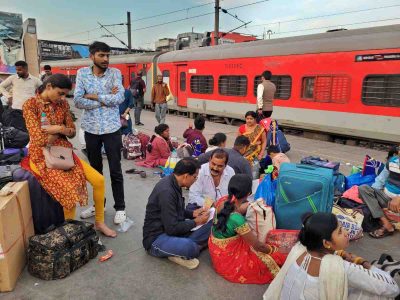
Ongoing construction further compounds the risk. Regular passengers noted that the escalator connecting platform 16 to the foot-over bridge remains inaccessible, forcing crowds onto stairs. A passenger, speaking anonymously, said, “This had led to a lot of passengers crowding the stairs leading to the platform and considering the fact that it was all swelled up, anything could have happened.”
Similarly, the escalator at platforms 14-15 is under repair, contributing to congestion. A technician explained, “It has not been functional for the past week since the number of passengers remains swelled up and we do not get a time frame to maintain the escalators at our disposal.”
How the stampede unfolded
Official figures reveal that 9,600 general tickets were sold on the day of the incident—2,600 more than the daily average of 7,000. A railway official admitted this surge could have signalled a potential disaster.
“In total, approximately 54,000 general class tickets were booked at New Delhi Railway Station on February 15. However, this number was still lower than figures recorded on February 8 and January 29, when 54,600 and 58,000 general tickets were issued respectively. Considering that no major incident occurred then, this tragedy could have been avoided,” he said.
Officials now consider implementing a cap on general ticket sales. “There is no formal limit to the number of general tickets issued for a particular train. If such a restriction had been in place, the situation could have been managed better,” another railway officer explained.
Conflicting platform announcements also contributed significantly to the chaos. According to an RPF officer, abrupt changes to train schedules confused passengers. “Passengers were initially directed to Platform 8, but subsequent announcements shifted the train’s arrival to Platforms 14, 15, and 16. These changes were made less than 30 minutes before departure, adding to the chaos,” said an RPF officer on condition of anonymity.
Northern Railway’s Chief Public Relations Officer, Himanshu Upadhyay, offered another account, stating passengers slipped on stairs descending to Platforms 14 and 15, causing the deadly crush.
Among the victims were nine from Bihar, eight from Delhi, and one from Haryana.

RPF personnel acknowledged reduced security deployment due to officers being redirected to Prayagraj for Maha Kumbh. “The administration should have anticipated the surge in passengers, especially with the Maha Kumbh taking place after 144 years. Even under normal circumstances, New Delhi Railway Station faces heavy footfall. Before the festival, our deployment was double what it is now,” said an RPF personnel.
Also Read: Delhi stampede: General train ticket holders remain ‘invisible’ amid Mahakhumbh chaos
Authorities have since doubled security deployment at critical areas, including Platforms 14 to 16, entry gates, and foot-over bridges. Yet, the reality at the station suggests that much more remains to be done to ensure passenger safety.

